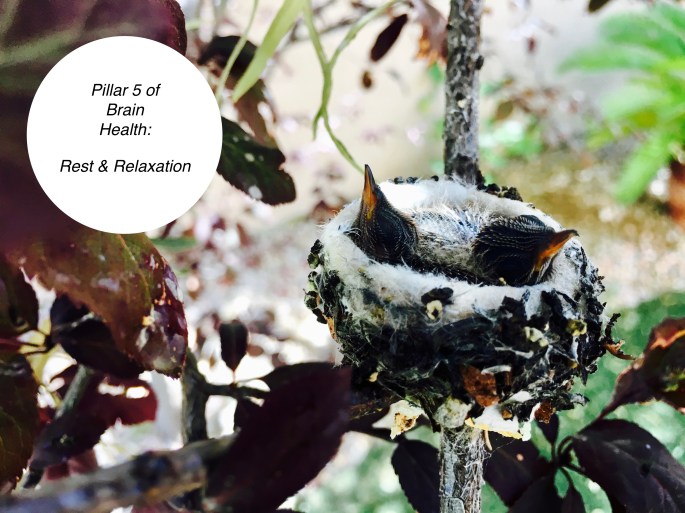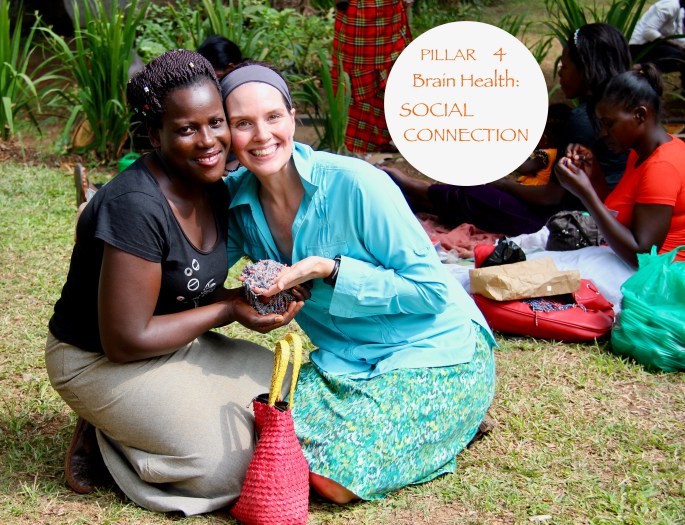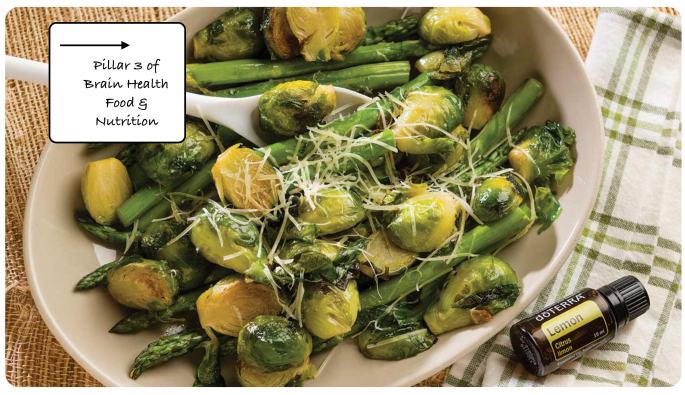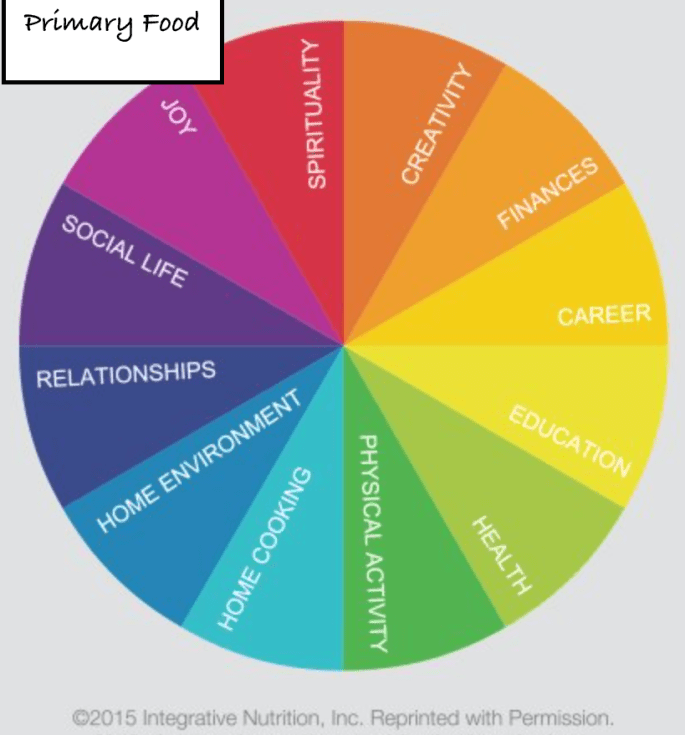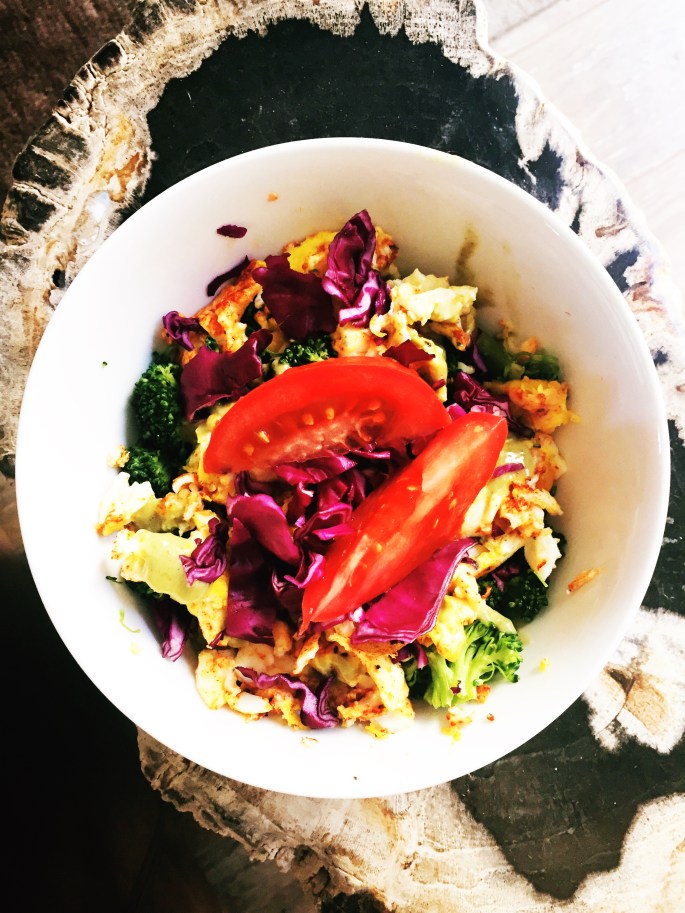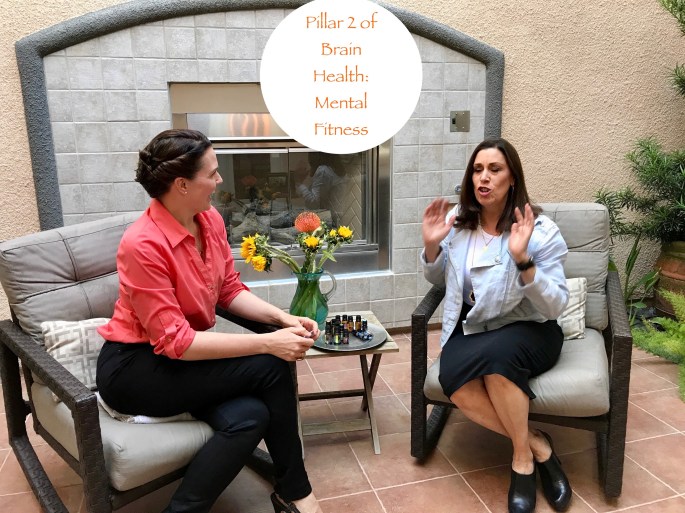“There was never a child so lovely but his mother was glad to get him to sleep.”
-Ralph Waldo Emerson
Welcome back to our continuing series on the 6 Pillars of Brain Health! To date, we have explored the benefits of Mental Fitness, Food & Nutrition, and Social Connection and how they impact our brain health. Today, we will take a slow, deep breath and float effortlessly into the 5th Pillar of Brain Health: Sleep & Relaxation.
I asked memory expert and accelerated-learning guru Jim Kwik, to share his top 5 tips for Sleep & Relaxation to promote brain health based on his research. Jim is passionate about teaching others how to maximize brain health, increase learning speed, and improve memory retention. His client list ranges from A-list Hollywood actors to learning challenged students, to NASA space engineers tasked with memorizing enormous amounts of data. His ambitious mission is simple: to reach 1 billion minds with his brain-training platforms. Jim shared 5 tips for the Stand In Love community; To help us remember them, let’s use this simple acronym: FS MOM.
Float Tanks
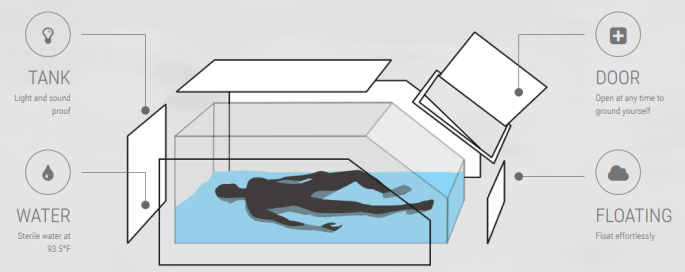
The idea goes like this: Enter a light and sound proof chamber filled with Epsom salt and water matched to your body’s natural temperature and float for a period of 60-90 minutes. Commonly used by athletes, creatives, and jet-setters alike to aid in recovery, inspire new ideas, and help offset the effects of extensive travel. A few benefits include: intense relaxation, increased energy and circulation, as well as the balancing of the left and right brains. The closest thing I have experienced to a float tank was a float in the Dead Sea during a taxi-cab foray into Jordan with my kibbutz volunteer pals in the early 2000’s! (It was hardly relaxing given the 110+ degree heat, zero shade, and fear of heat exhaustion!)
Sleep
Yes, just get those z’s. We all know we need them. But how? Is there a magic number of hours of sleep we should be getting every night? One thing is certain, people are continuously looking for solutions to their sleeplessness. In best-selling author Arianna Huffington’s The Sleep Revolution, she sites:
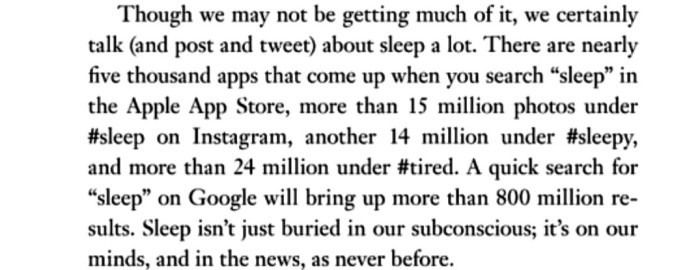
Try these sleep tips:
- diffuse calming essential oils like Serenity, Bergamot, or Patchouli to promote restful sleep. I start my diffuser an hour before bed so the air is filled with gorgeous aromatic compounds to relax and restore me at the end of the day.
- set the temperature cooler to promote reduced body temperature.
- leave cell phone, laptop, and electronic devices in another room. These emit frequencies that disrupt our circadian rhythms and our ability to fall and stay asleep.
- develop a bedtime ritual. Ex: Start the winding down process by changing from your work clothes, lowering lights after dinner, and having an herbal tea. I place a drop of Vetiver essential oil behind my ears and on my wrists every nite. ( I am secretly obsessed with this oil, and cannot imagine life without it.)
Meditation.
Intentionally calming the mind and focusing on the breath is highly restorative, relaxing, and is beneficial to induce sleep. I rarely sit still, so my meditation practice is of the moving variety and ranges anywhere from praying while jogging, to counting my blessings at night when I get in bed. There is no perfect way to meditate. When trying something new, remember that intention, practice, and patience are your allies.
I love using Frankincense, Arborvitae, or Hawaiian Sandalwood aromatically and topically to aid in this process. Aromas have a profound effect on our emotions and psyche. The sense of smell is the only one linked directly to our brains. It’s not always easy to calm the mind, the thoughts, or the body; however, using essential oils is one practical tool that will help you to ease into this practice.
Outdoors/ Nature
The circadian rhythm is a natural, internal system that is designed to regulate feelings of sleepiness and wakefulness over a 24-hour period. This complex timekeeper is controlled by an area of the brain that responds to light, which is why humans are most alert while the sun is shining and are ready to sleep when it’s dark outside. Exposure to sunlight helps promote rest and sleep. Try exercising outdoors, enjoying a walk on your lunch hour, or reading outside in the morning. When time allows, escape to the nearest wooded area or park for the calming benefits only nature can provide. Did you know that the color green (most commonly found in nature) relaxes the rods and cones of your eyes? Amazing how natures is designed to provide comfort and relaxation for us.
Massage
Before essential oils became a routine part of my life, I used to dread getting a massage. I knew I needed them to mitigate stress in my life, yet I did not like the idea of staying still on a table with the fear of an attack of anxious feelings coming on. These days, I can’t get enough, and look forward to the wonderful benefits of massage.
To enhance these benefits, I recommend using oils like Aroma Touch, or Deep Blue as they help promote circulation, while providing soothing relief to sore, stressed muscles. Aroma Touch contains a lovely blend of Cypress, Peppermint, Marjoram, Basil, Grapefruit, and Lavender essential oils. Not only is this blend great for self massage, but it is also great to soothe a variety of tension related issues. Deep Blue is my favorite to apply when massaging my legs after exercise. The mix of Wintergreen, Camphor, Peppermint, Ylang Ylang, Helichrysum, Blue Tansy, and Blue Chamomile will elevate your relaxation as your muscles receive the benefits of these powerful essential oils.
Jennifer Miller is a Las Vegas based writer, doTERRA wellness advocate, and business coach for global NGO BeadforLife. Her passions include: serving people, inspiring ideas, and helping others live their purpose. For more inspiration on beginning your essential oil journey, click here.

